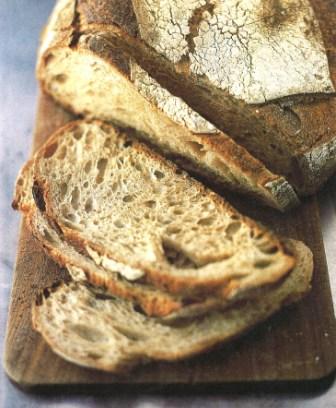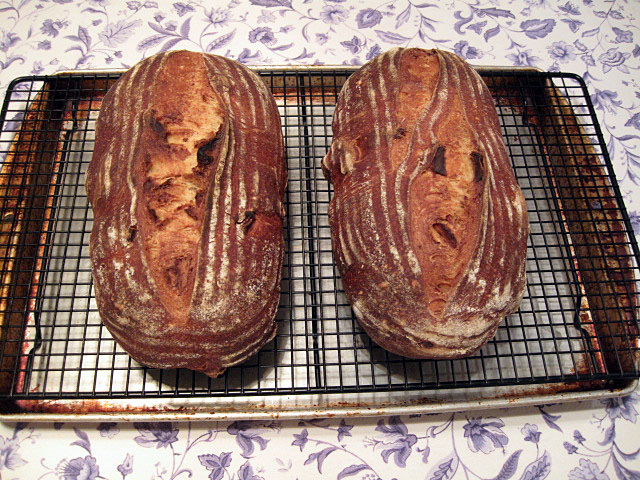Eric Kayser's La Tourte de Meule
Background:
In Eric Kayser's book "100% Pain", the Foreword written by the celebrated French chef Alain Ducasse waxed poetic about Kayser's Tourte de Meule, which literally translates to "Millstone Pie" and which is basically a Country Miche made with High Extraction Organic Stone Ground Flour and a Liquid Levain.
 Eric Kayser's "La Tourte de Meule"
Eric Kayser's "La Tourte de Meule"
- Log in or register to post comments
- 8 comments
- View post
- DonD's Blog

